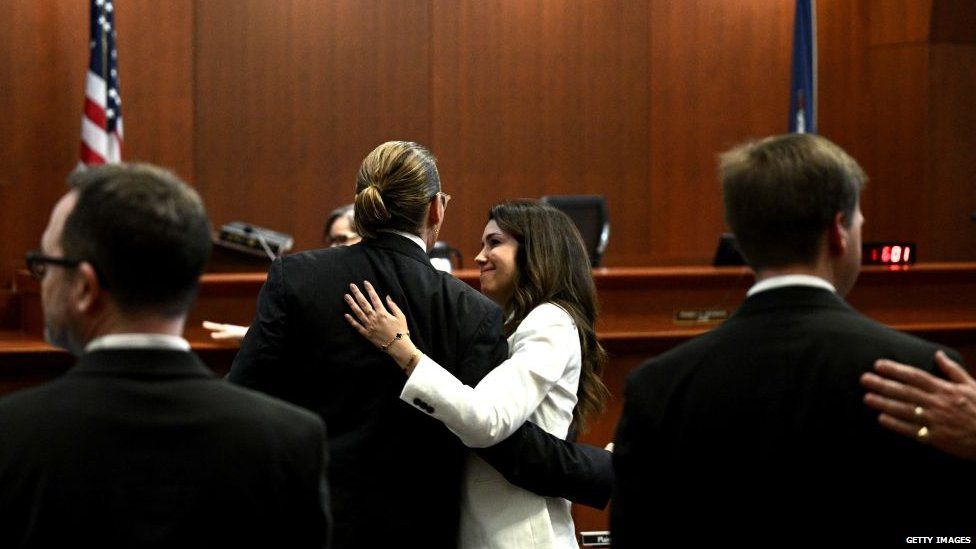Today we will provide information and reviews about Are data-driven matches between lawyers and clients always made in heaven?
Read the following article to get more information.
As the age of big data dawns, we increasingly see the rise of data-driven matching. Yesterday, I came across a rudimentary example of this concept (rudimentary because it’s based on user input rather than analytics). A new dating site, Same Plate.com, where users can choose dates based on food preferences. Similarly, some colleges now allow incoming students to choose their roommate based on a series of questions.
Of course, the next iteration of big data will be more sophisticated, with matching based on past patterns gleaned from user experience—which has implications and potential opportunities for lawyers. One of my favorite futurists, Stephanie Kimbrough, recently explained how Law Pivot (recently acquired by Rocket Lawyer), generically referred to as “crowdsourced legal advice,” developed an algorithm for trend analysis. users on their site to match the most qualified attorney to answer a user’s legal question. Now collecting data in hopes of selling for a penny more and more accurate leads. To lawyers, instead of finding ways to market to our ideal clients, we can let the data do it for us.
Sounds like Nirvana, doesn’t it? However, I have my doubts. For starters, how personal are we letting these data aggregators, or attorney matching sites, get client information? Collecting data on customer issues is something Stephanie addresses in her new book, The Consumer Rights Revolution (free chapter available here), and it’s a concern I’ve both written about and commented on.
But potential privacy issues aside (since there may be ways to adequately protect information), is data-driven information the only thing that’s failing? Many times, we expand our horizons by working with those who don’t immediately appear on paper. I remember in my first year of law school, my writing professor would randomly group us with other classmates to explain and discuss a case. I was dreading this assignment because I was paired with a guy in my senior section who seemed arrogant and withdrawn. However, we worked well together (it turned out that our different personalities meshed well and we shared a healthy skepticism about the legal profession) and he became a lifelong friend.
When it comes to customers, data and self-selection go a long way. As I’ve written, lawyers often get the clients they market to. In other words, if you label yourself as a “bargain basement attorney,” don’t be surprised when most of your clients complain about your rates or haggle over the price. If you come across as a pit bull lawyer who doesn’t take no for an answer, you may attract stubborn clients who won’t take no for an answer when you try to explain why a particular strategy isn’t working. However, there’s a lot of space between the ideal client and the hellish client—and we may find a way to effectively represent many clients in that middle space, even if a computer program doesn’t necessarily match us. After all, that’s what we do as lawyers: find a way to work with people—from opposing counsel to judges who don’t necessarily share our views, personality, or skills—so that we can effectively represent our clients. do.
What draws certain clients to certain lawyers? What makes some relationships work and others falter? Do customers really know what they want? Sure enough, in a survey, today’s clients say they want attorneys who answer the phone, are responsive, can review a case within 24 hours, and don’t charge a lot to set up. But if you ask the client after the fact why they liked their lawyer, I suspect the answer will be very different. This is because they found someone who would stand by them when no one else could, who worked hard even when there was no hope, who was honest, straightforward and told them Told them exactly what to expect, even if they didn’t want to hear it. . I fear that in our rush to exploit big data, we may be matching clients with lawyers who tick all the right boxes, rather than lawyers who are right for them. Data-driven matches, after all, are only as good as the questions we ask, as long as we know how.
Chart photo courtesy of Shutterstock.


